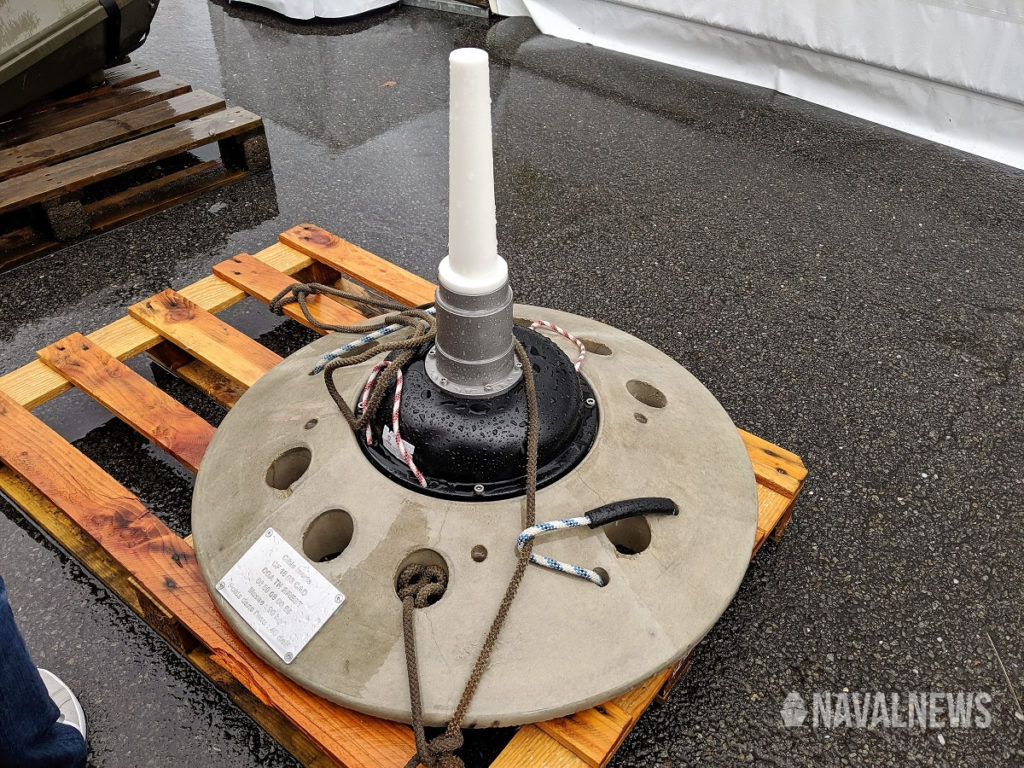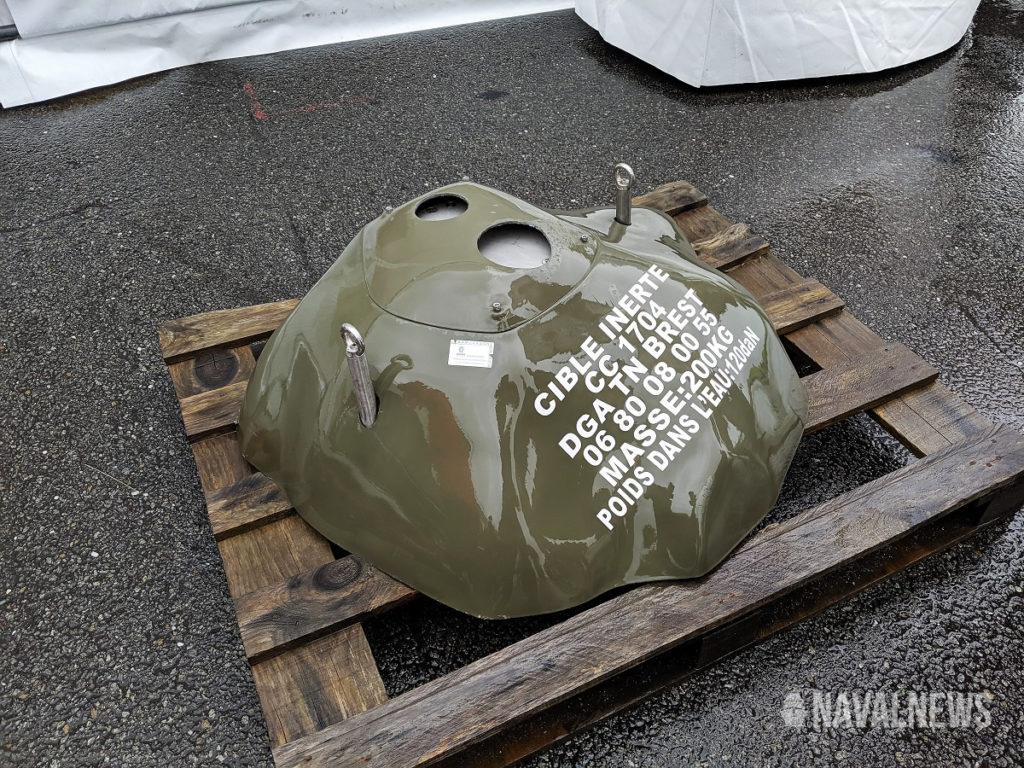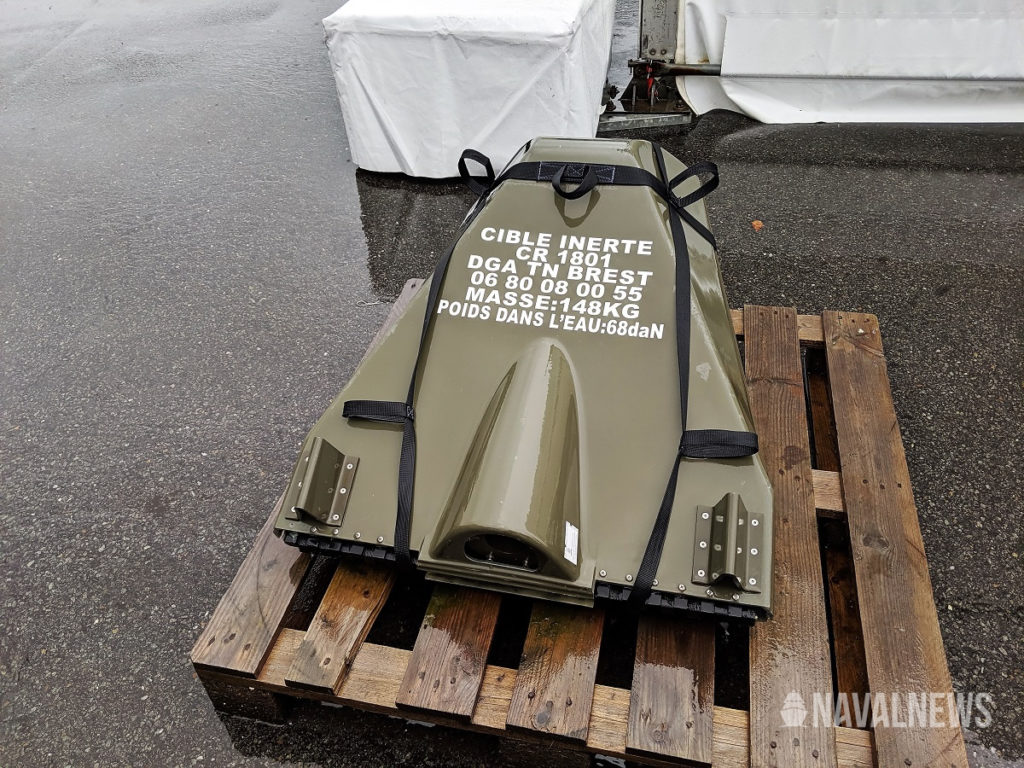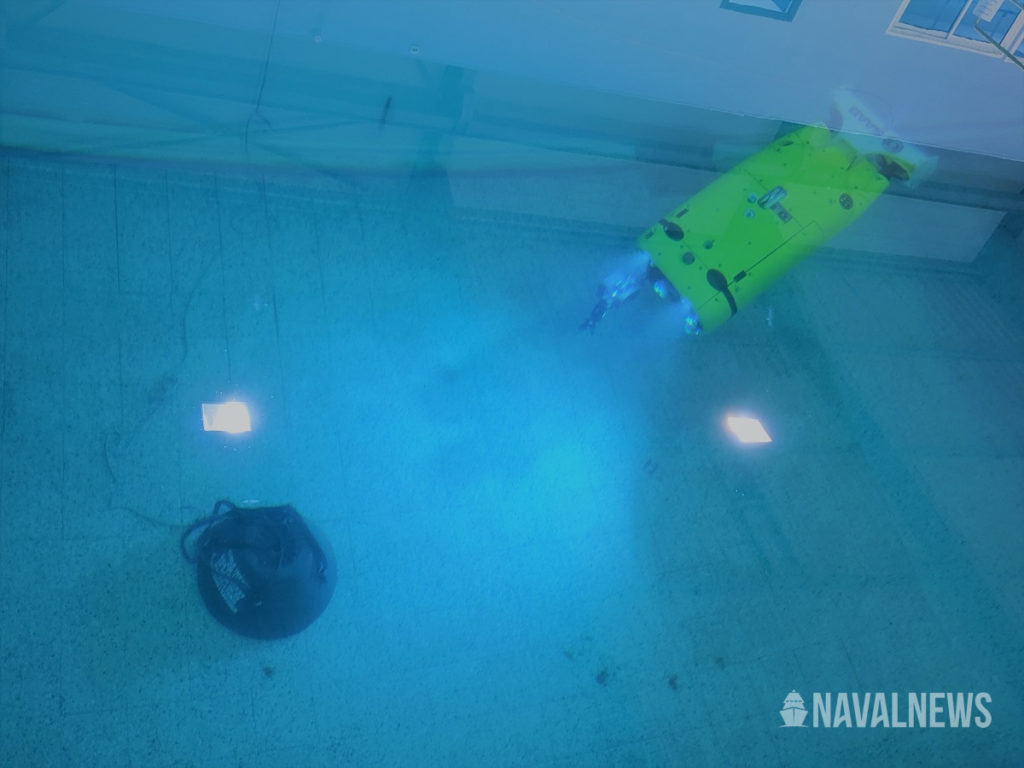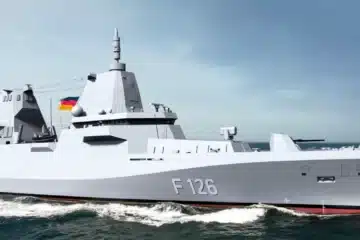SLAMF / MMCM (Système de Lutte Anti-Mines du Futur / Maritime Mine Counter Measures) results from a Franco-British cooperation initiated in 2010 as part of the Lancaster House agreement. France and the United Kingdom share a vision in which mine warfare of the future will consist in unmanned systems operating remotely from a command centre deployed either on board a mother-ship or ashore.

The objective of the programme (managed by OCCAR), is to develop, manufacture and qualify two systems to achieve this vision by demonstrating prototype technologies, combined to deliver agile, interoperable and robust mine warfare capability.
According to the DGA, and from a French perspective, SLAMF is the system that will renew the French Navy (Marine Nationale)’s mine warfare capacity in the next decade. The launch of the prototype was realized just over two years ago to prepare for the implementation phase in 2020.
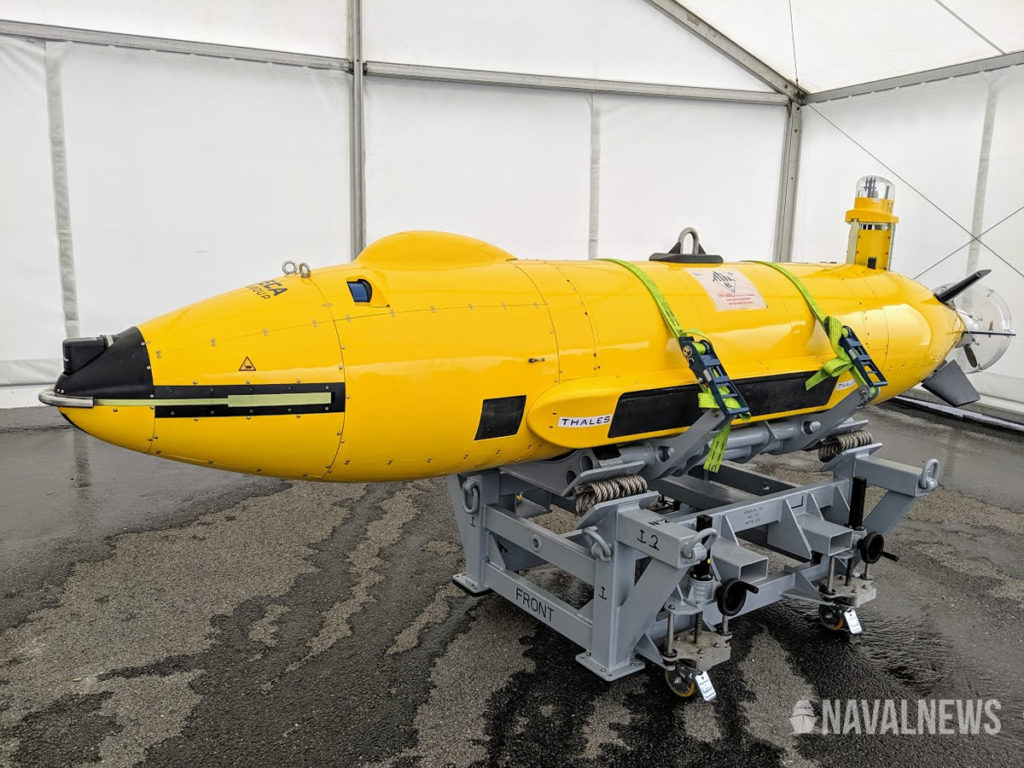
The SLAMF system includes:
- 1 Remotely Operated Vehicle (ROV), the Multi-Shot Mine Neutralization System by Saab, to identify and neutralize sea mines.
- 3 Autonomous Underwater Vehicles (AUV), the Espadon (Swordfish) by ECA Group with Thales payloads
- 1 Unmanned Surface Vessel (USV), the C-Sweep by L3Harris ASV equipped with a towed sonar (the TSAM by Thales), to detect, classify and locate (DCL functions) the mines.
Naval News attended a demonstration day involving the USV, the TSAM and the ROV in June. We saw the USV at sea, the Command and Control (C2) center and the ROV in a pool.
The USV had to demonstrate its ability to perform its DCL functions. Once in the designated area (a potential mine field), the USV delpoyed the TSAM which transmited sonar images in real time to the C2 center via data-link. The C2 was located at the Thales site of Brest, several miles away. The operator and USV detected, classified and located all the exercise mines of different types (bottom mines, moored mines…) placed beforehand by DGA teams.
Next, the ROV was demonstrated to us, in a pool with a mine placed at the bottom of the tank. Saab and Marine Nationale operators showcased the high maneuverability of the vehicle, and the quality of some of its sensors (onboard camera, sonar…).
The qualification review of SLAMF is scheduled for December 2019. By then, the components of the system must be validated one by one. A busy schedule for all parties involved: The qualification of the DCL functions with the AUV must take place this month (August), Qualification of the ROV’s neutralization subsystem in October and those of the DCL functions of the USV in November.
Exercise mine deployed by DGA Exercise mine deployed by DGA Exercise mine deployed by DGA Saab’s Multi-Shot Mine Neutralisation System (MuMNS) ROV
The final stage will consist in a 24 month operational evaluation (from 2020) with the delivery of systems to both the Royal Navy and the Marine Nationale together with contractor support during extended at-sea evaluation and development of concepts for use.


